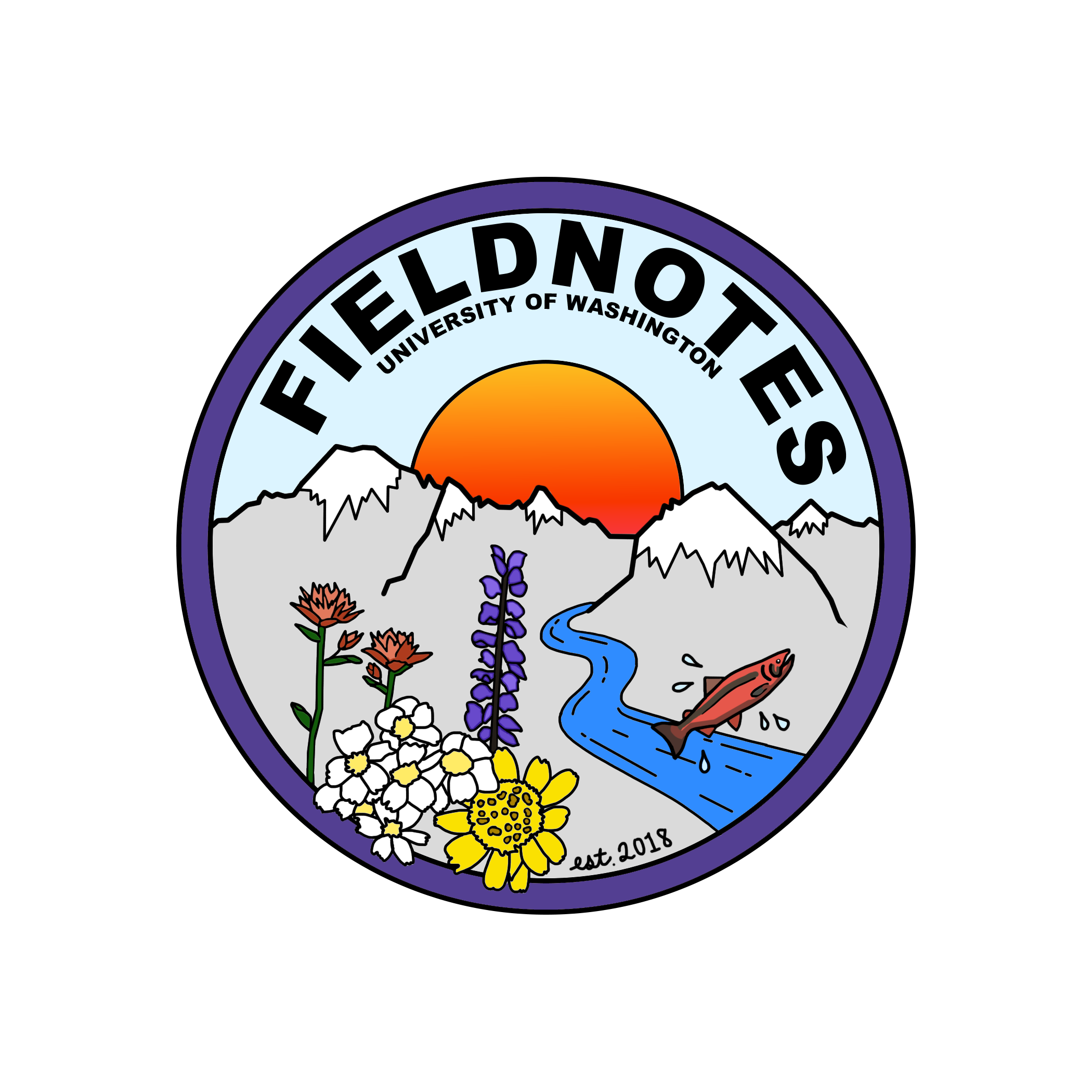From Ashes to Life: Lessons from the Yellowstone Fire
By Fan Bu, Business Administration and Informatics ‘25
In the summer of 1988, Yellowstone National Park experienced its most extensive forest fire on record, which affected approximately 800,000 acres (or about 36%) of the park. The fires left behind a stark, blackened land with burnt trees and ash, and it seemed like nothing could ever grow back. At the time, many people criticized the government for allowing the fires to spread. However, this event forever changed how people understand and manage fires.
The fire burnt through land, leaving ashes behind (Image credit: NPS/Jim Peaco).
Before the Yellowstone Fires, the National Park Service followed the "nature fire policy," which allowed naturally caused fires to burn in wilderness areas under close monitoring and eventually burn themselves out. This was due to the belief that fire is an essential ecological process. It cleans dead vegetation, restores the nutrients in the soil, and encourages new growth. Additionally, some species of trees and wildflowers need extremely high temperatures to germinate, which is why the National Park Service had these wildfire policies for many years.
The Yellowstone Fires tested this policy like never before. With zero rainfall for almost three months preceding the event, it was the most severe drought in the park's history. A large number of lightning strikes and a series of dry storm fronts also combined to create a perfect condition for fire to spread. Despite the collective efforts of over 10,000 people and the $120 million spent to contain the fires, the fire didn't stop advancing until a quarter-inch of snow finally arrived.
Yellowstone ranger observing smoke column at Canyon Junction (Image credit: Jeff Henry).
Soon after the fires, plants began to sprout again. In areas with available water, new plant growth started within a few days. However, in dry soils, the regeneration of the plants had to wait until the following spring for the soil to moisture. Lodgepole pines, which made up nearly 80% of the park forests, sprouted quickly because the high temperature melted the resin, allowing the cones to release seeds. The Department of the Interior changed the policy to that if a natural wildfire reached a certain size and began to endanger people, it would be suppressed.
The Yellowstone Fire of 1988 taught us an important lesson. It not only showed that fire is a natural and necessary part of many ecosystems but also explored Yellowstone’s remarkable ability to heal and regenerate, proving that even the most scorched landscapes can give way to new life. More importantly, it provided valuable resources for researchers to study, which contributed significantly to modern wildfire studies.
Plants began to grow back on the same land that was burnt down to ash (Image credit: NPS/Jim Peaco).



